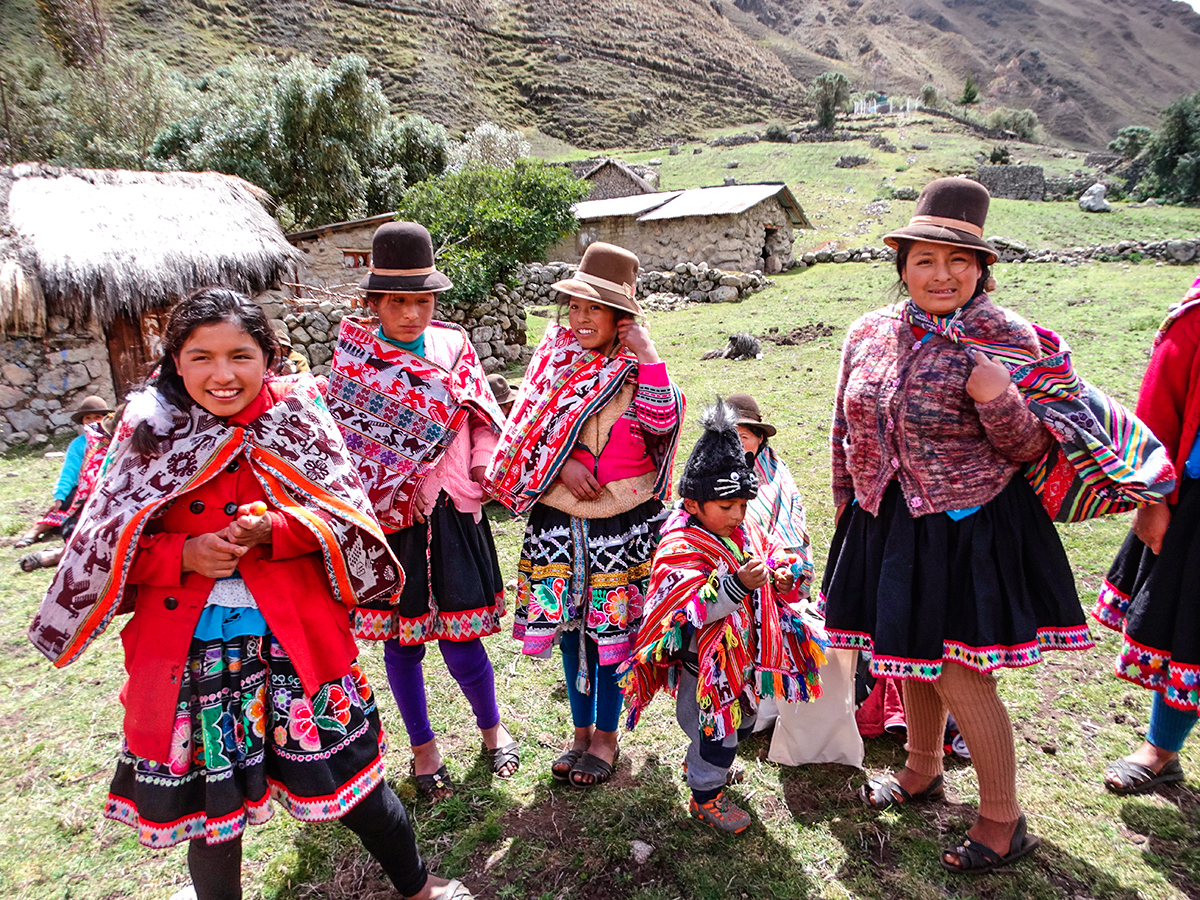

Peru's clothing and cultural traditions are richly diverse, reflecting the country's indigenous roots and the influence of various civilizations throughout its history. Traditional Peruvian clothing often varies by region, with indigenous communities preserving distinctive styles that incorporate vibrant colors, intricate patterns, and handmade textiles. The iconic Andean garment, the poncho, is commonly worn by both men and women. Women often don intricately embroidered skirts and brightly colored shawls, while men may wear intricately woven hats and layered ponchos. In addition to clothing, Peru boasts a wealth of cultural traditions and customs, deeply rooted in indigenous practices. Traditional festivals, such as Inti Raymi, celebrate ancient Incan rituals, while contemporary events fuse indigenous and Spanish influences. Peruvian cuisine, renowned globally for its diverse flavors and unique ingredients, is a central part of cultural celebrations. Holidays like Inti Raymi and Fiestas Patrias are marked by colorful parades, traditional dances, and culinary feasts, showcasing the country's vibrant cultural tapestry and fostering a strong sense of national identity.
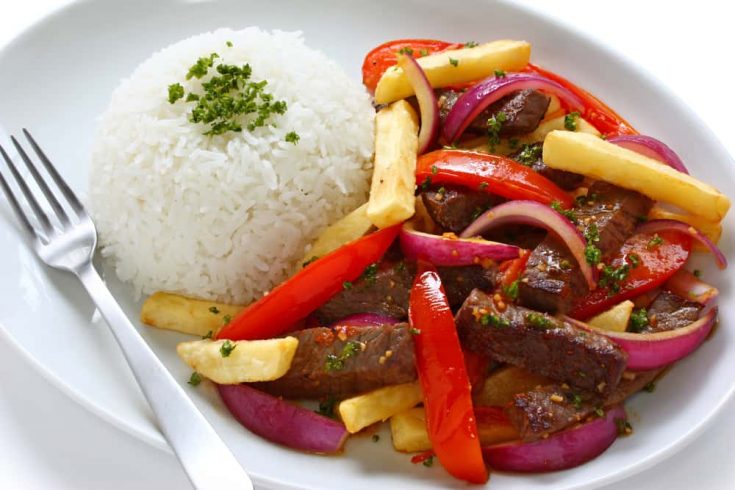
Lomo Saltado
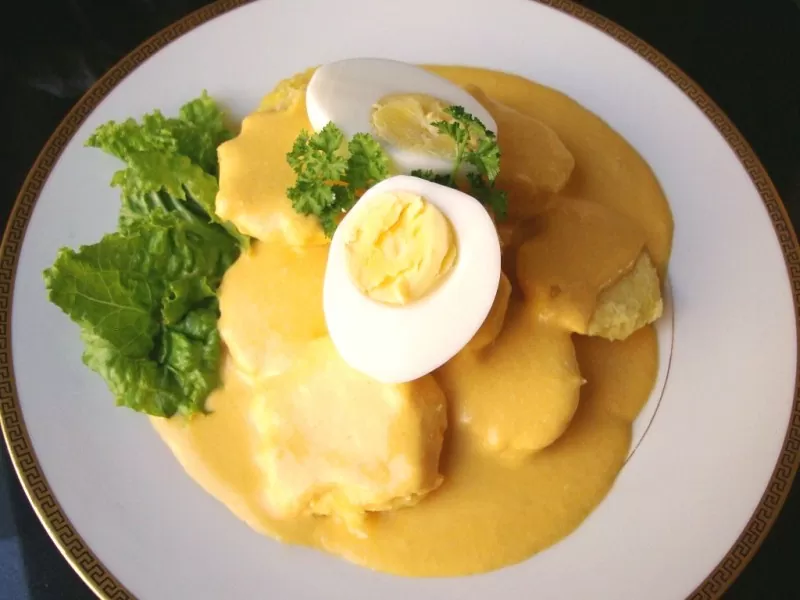
Papa a la Huancaina
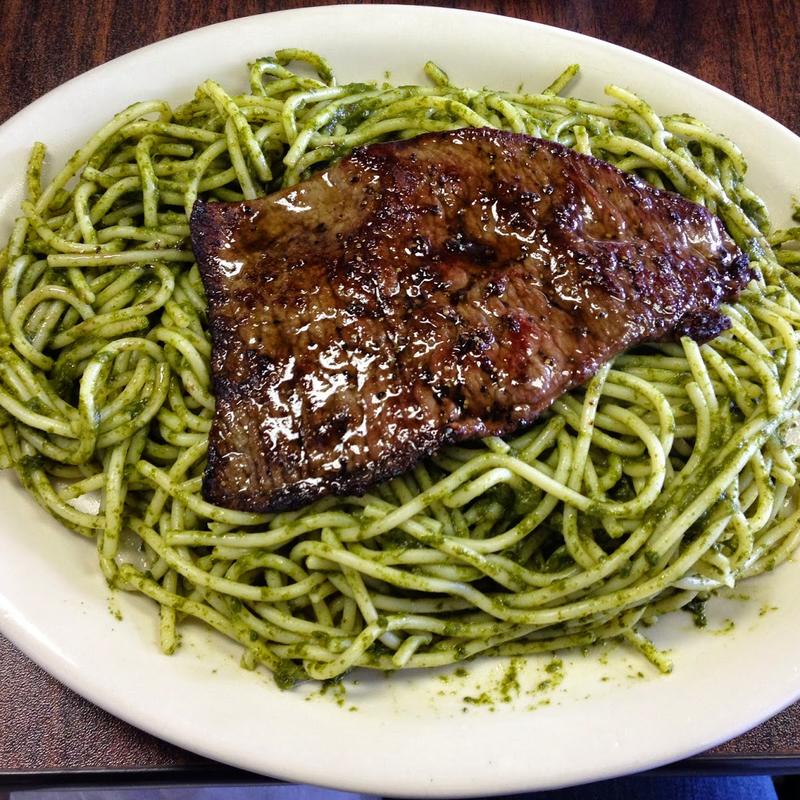
Tallarines Verdes
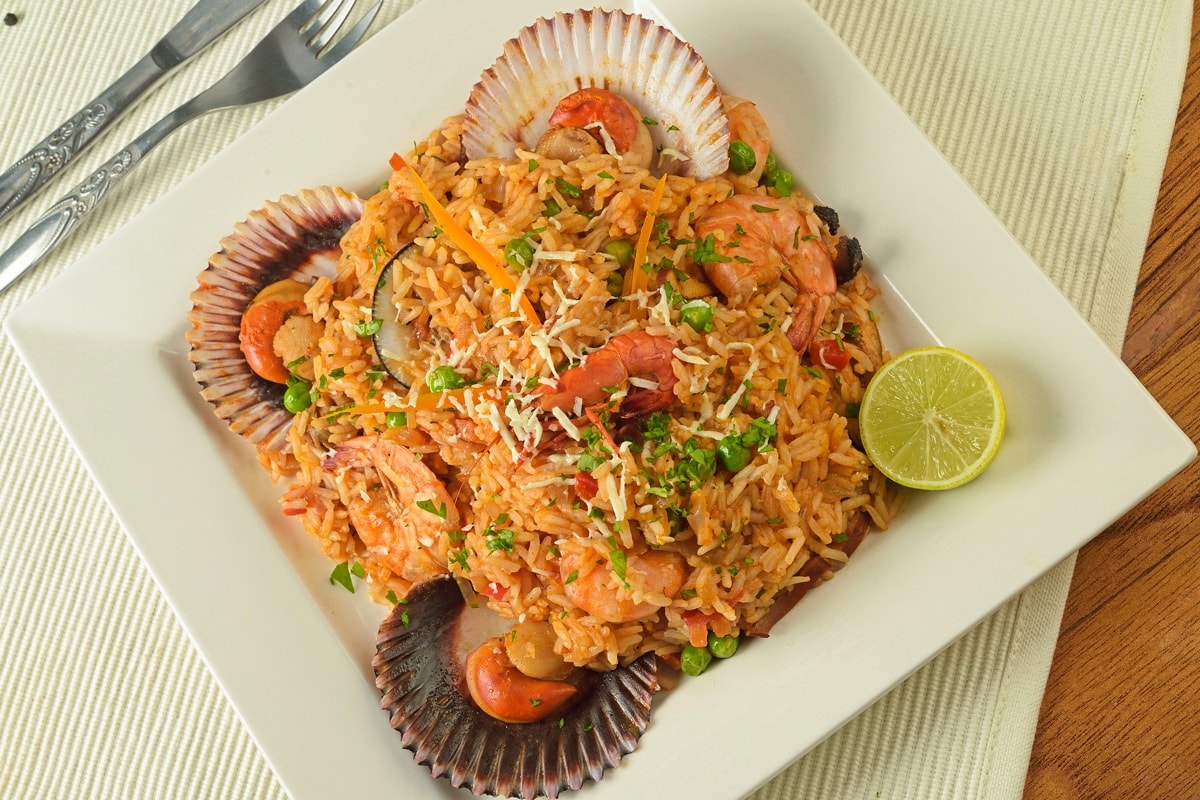
Arroz con Mariscos
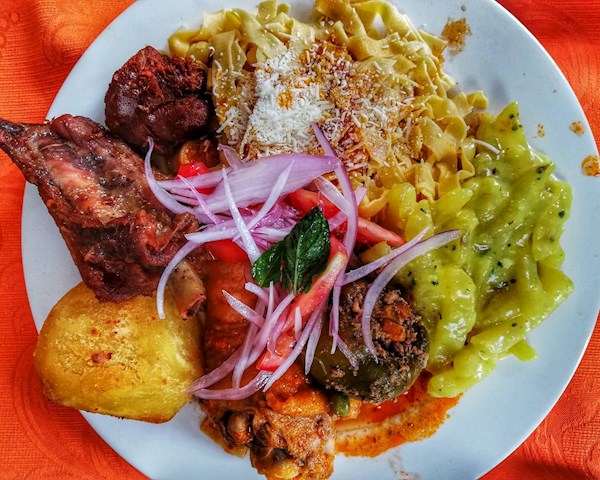
Cuy
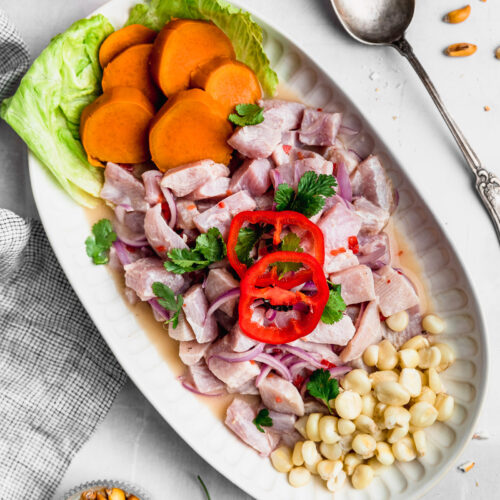
Ceviche
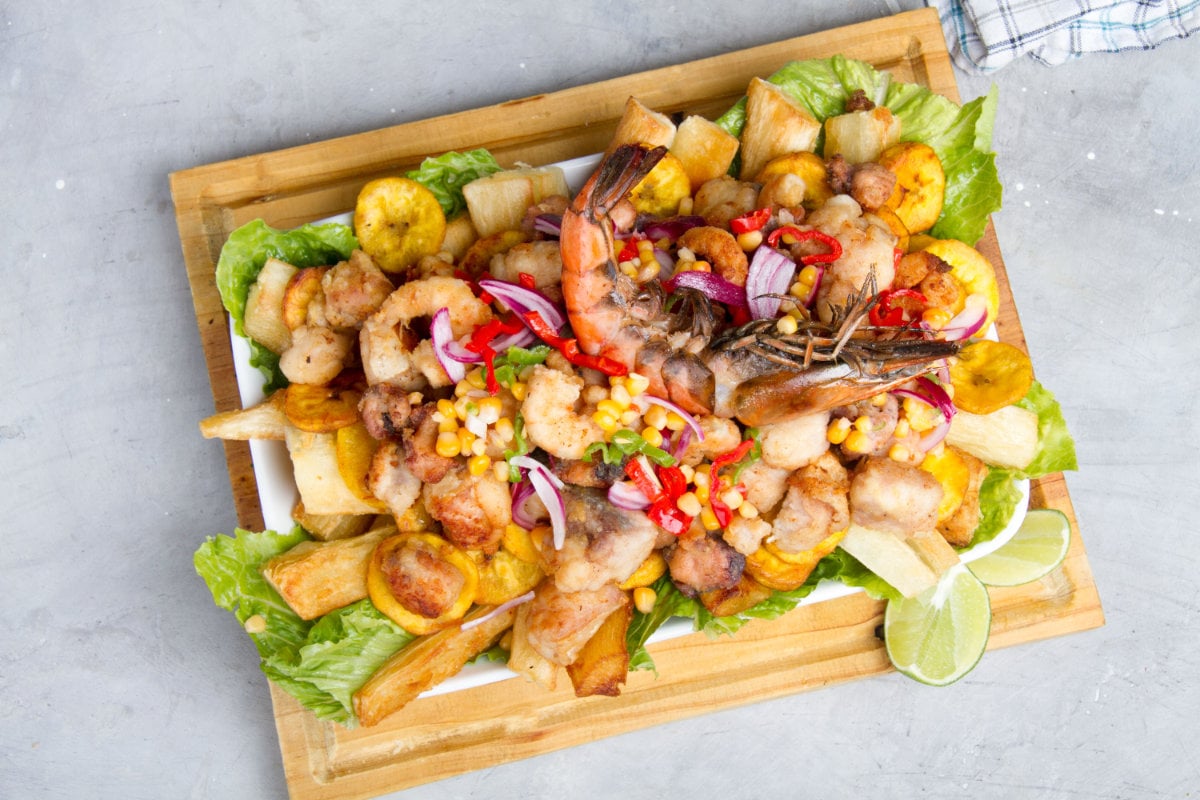
Jalea
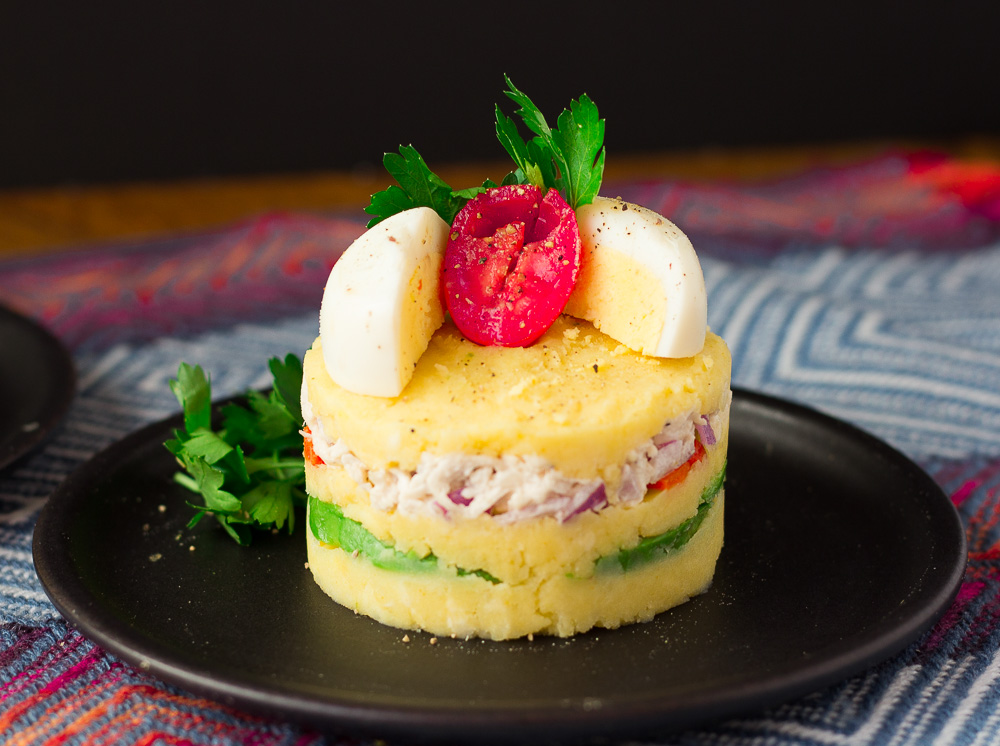
Causa
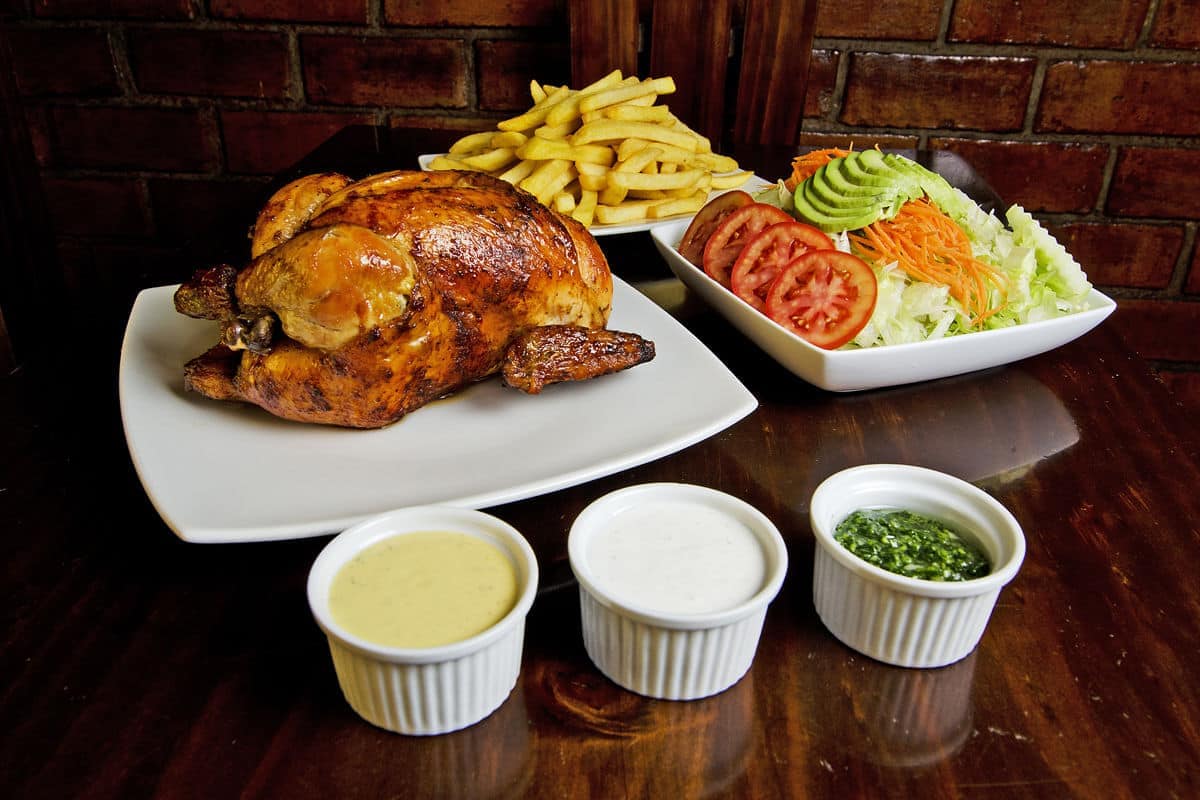
Pollo a la Brasa
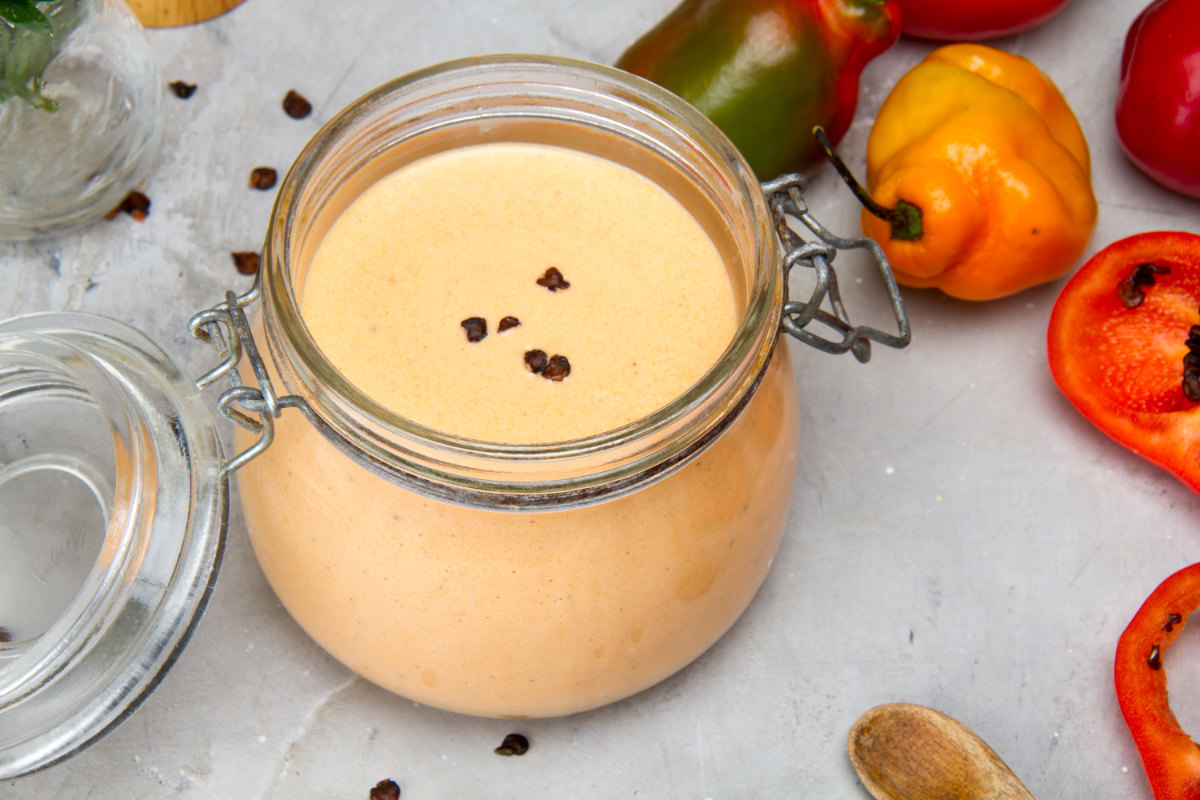
Rocoto
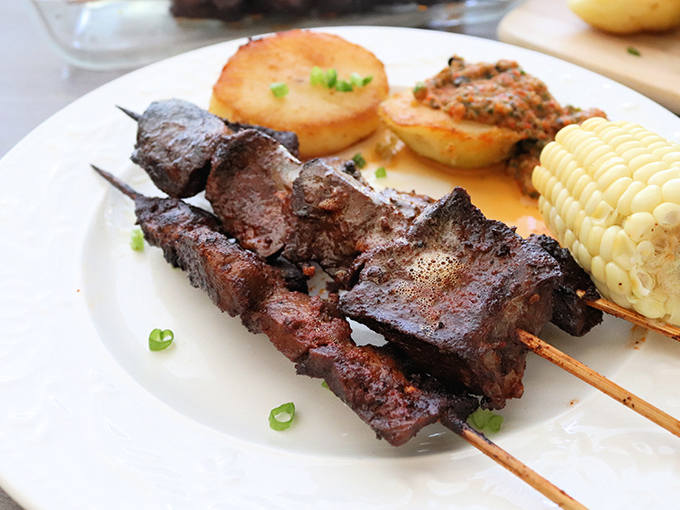
Anticucho
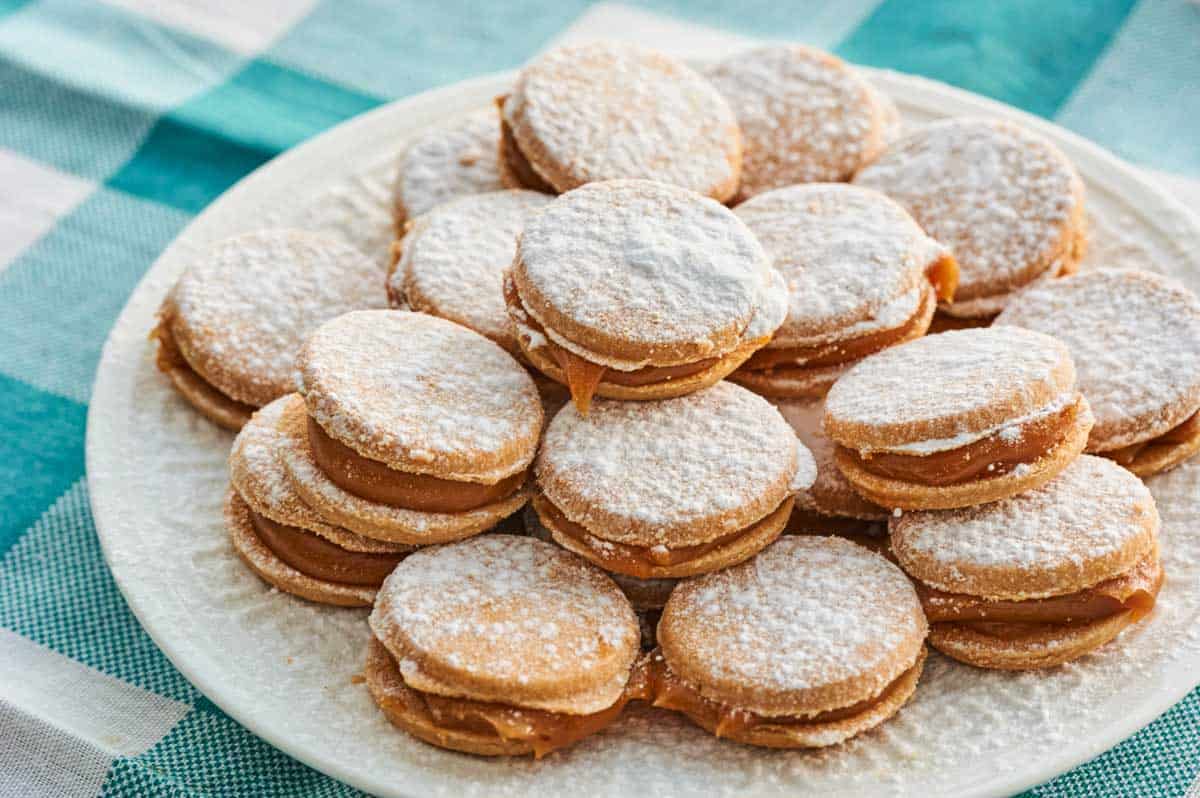
Alfajores
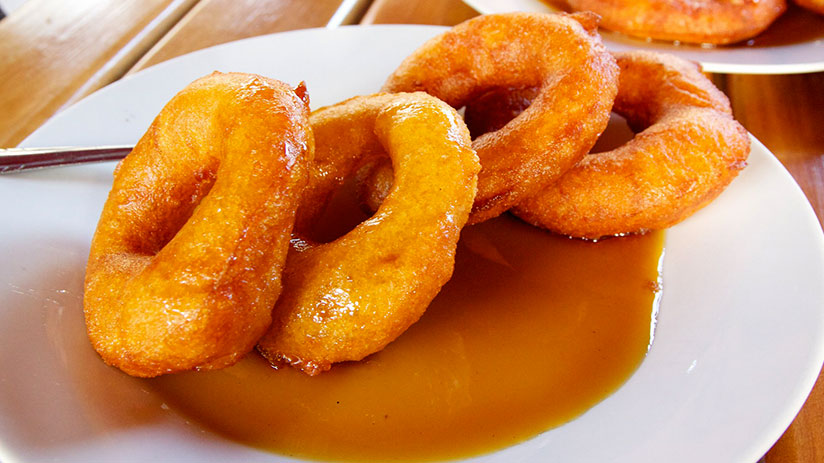
Picarones
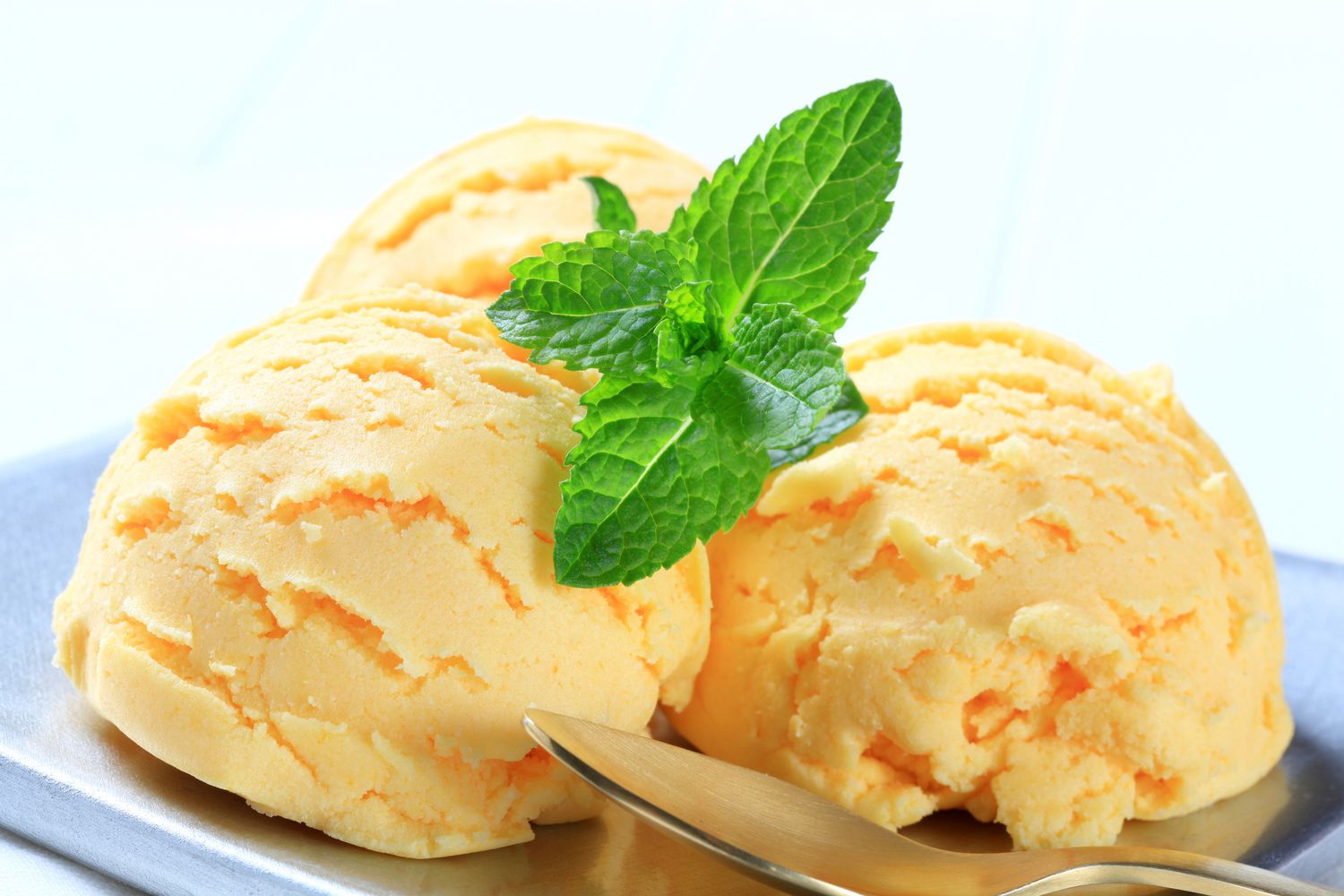
Lucuma Ice Cream
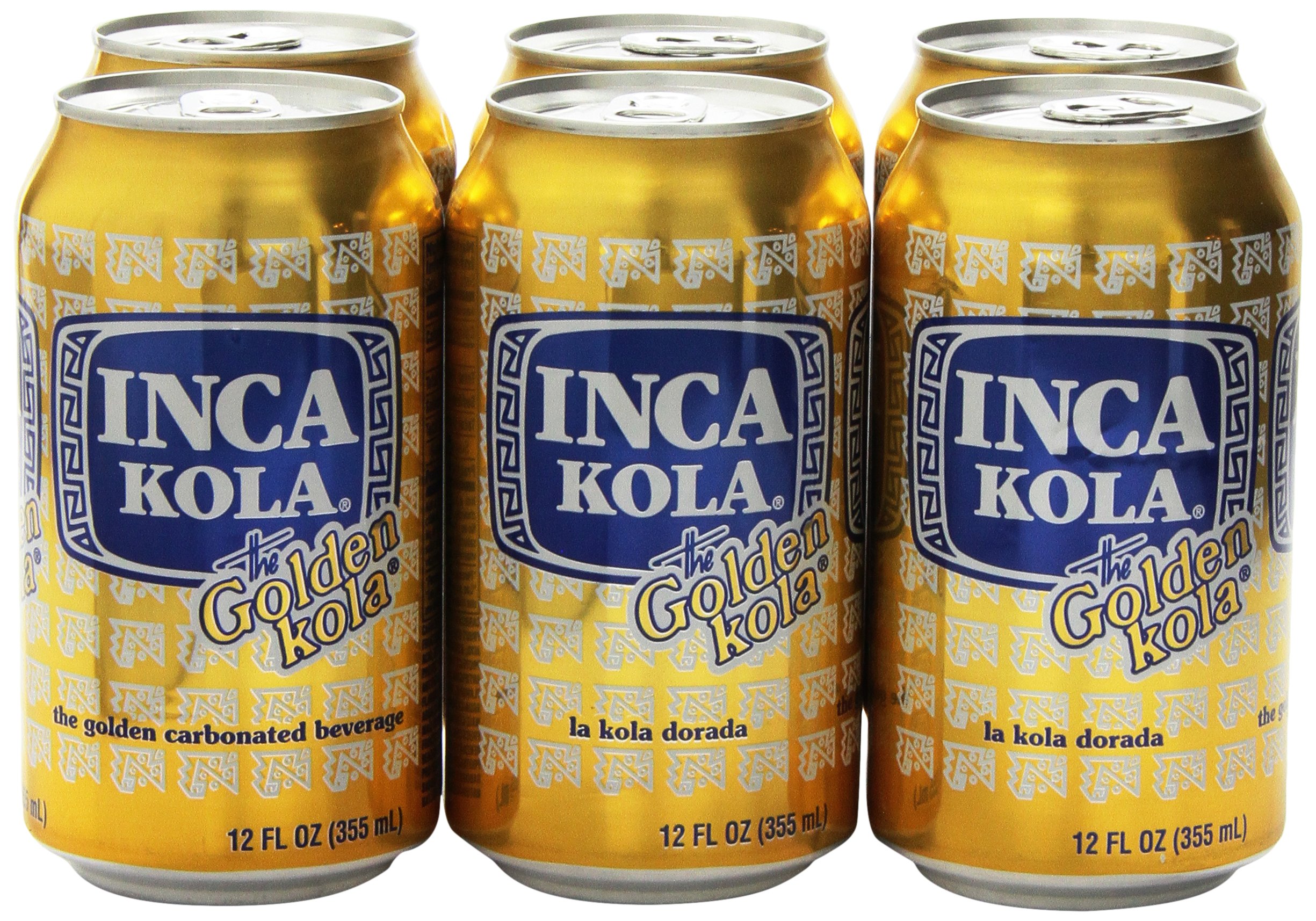
Inca Kola
The presence of Chinese and Japanese communities in Peru can be traced back to the late 19th and early 20th centuries when these groups began to migrate in significant numbers. Chinese immigration to Peru primarily started with the arrival of contract laborers, known as "coolies," who were brought in to work on plantations and in the construction of the Transcontinental Railroad. Many Chinese immigrants eventually settled in Peru, contributing to the country's cultural and culinary landscape. Japanese migration to Peru gained momentum in the early 20th century when the Peruvian government sought to address labor shortages by encouraging Japanese immigration. The immigrants, known as Nikkei, brought their skills to various sectors, including agriculture and commerce. Over the years, both Chinese and Japanese communities have integrated into Peruvian society while preserving aspects of their rich cultural heritage, creating a multicultural and diverse society in Peru.